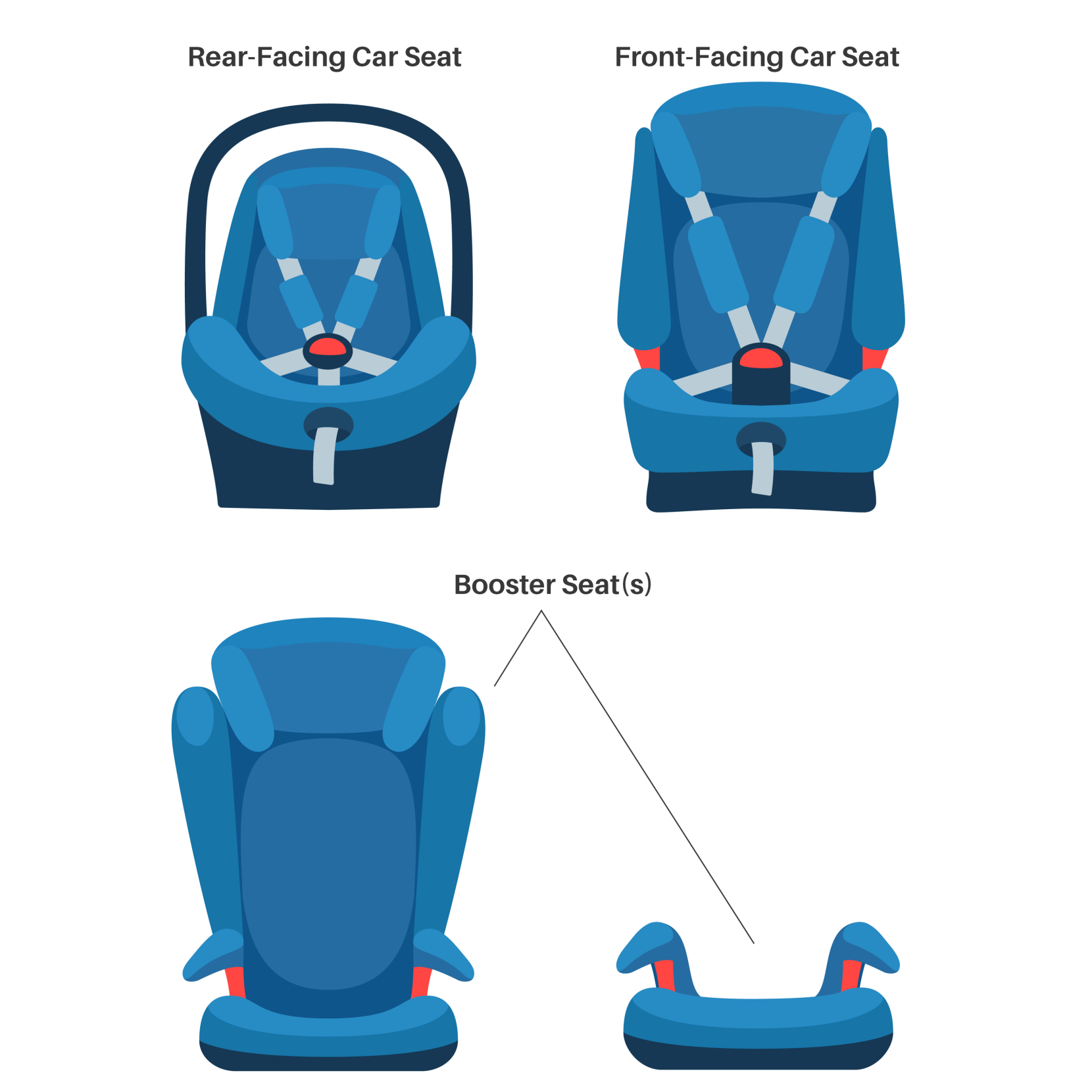
Car Seat Safety in Ontario: What Every Parent Needs to Know
May 8, 2025If you're a parent in Ontario or anywhere else in Canada, there’s one driving rule you can never afford to overlook: car seat safety. Whether you're commuting to daycare, heading up north for a family getaway, or just running errands around town, making sure your child is properly secured in the right type of car seat isn’t just smart—it’s the law.
In this blog, we’ll cover the key rules around installing a car seat, explain the car seat law in Ontario, and share helpful tips to keep your little ones safe on the road.
Why Car Seat Safety Matters
Motor vehicle collisions are one of the leading causes of injury and death among young children in Canada. But when properly used, car seats can reduce the risk of fatal injury by up to 71% for infants and 54% for toddlers. That’s why car seat safety is not only important—it's essential.
And in Ontario, car seat usage isn’t just about best practices; it’s legislated and enforced by law.
Understanding the Car Seat Law in Ontario
Let’s break down the car seat law in Ontario in simple terms. According to provincial regulations:
-
Children must ride in an approved child car seat until they meet one of the following:
-
They are 9 years old
-
They weigh more than 36 kilograms (79 lbs)
-
They are taller than 145 centimetres (4’9”)
-
This means that age isn’t the only factor—you need to consider weight and height too. The law is clear: if your child doesn’t meet any of these three milestones, they must still be in a car seat or booster.
Types of Car Seats (And When to Use Them)
Knowing when and how to switch from one seat to another is a big part of installing a car seat properly. Here's a simplified breakdown of the types of car seats and the ages and sizes they’re meant for:
| Car Seat Type | Age Range | Weight (kg) | Height |
|---|---|---|---|
| Rear-Facing | 0–1 years | 0–9 kg | N/A |
| Forward-Facing | 1–4 years | 9–18 kg | N/A |
| Booster Seat | 4–8 years | 18–36 kg | N/A |
| Seat Belt Only | 9+ years | 36+ kg | 145 cm+ |

Where Should Children Sit in a Car?
Although the car seat law in Ontario does not prohibit children from sitting in the front seat, safety experts and Transport Canada recommend that children under 12 years old always ride in the back seat. That’s because airbags in the front can cause serious injuries to smaller passengers in the event of a collision.
If you absolutely must have a child in the front seat (for example, if your vehicle doesn't have a back seat), ensure the airbag is turned off and the seat is pushed back as far as possible.
Installing a Car Seat: Tips for Ontario Drivers
Installing a car seat correctly can be tricky. Many parents unknowingly use their car seats incorrectly, which can reduce their effectiveness. Here are some quick tips to help:
-
Read the manual – Every car seat model is a bit different. Follow the instructions from both the car seat manufacturer and your vehicle’s owner manual.
-
Use the right anchoring system – In Canada, most newer vehicles are equipped with the UAS (Universal Anchorage System). Use it if available.
-
Check for tightness – After installing the car seat, grab the base and try to move it side to side or front to back. It shouldn’t move more than 2.5 cm (1 inch) in any direction.
-
Harness height matters – For rear-facing seats, the harness straps should come through the slots at or below your child’s shoulders. For forward-facing seats, they should be at or above the shoulders.
Booster Seat Basics
Once your child outgrows their forward-facing seat, it’s time to transition to a booster. The booster’s job is to lift the child up so that the regular seat belt fits properly—across the shoulder and chest (not the neck) and low across the hips (not the stomach).
Remember: your child must stay in a booster until they are at least 145 cm tall, 36 kg, or 9 years old, whichever comes last.
Ignoring these requirements doesn’t just compromise car seat safety—it can also result in fines and demerit points under the car seat law in Ontario.
Staying Compliant and Safe - Car Seats in Ontario
Keeping up with the latest car seat rules in Canada is easier than you think. Here are a few final tips:
-
Double-check expiry dates – Yes, car seats expire! Plastic degrades over time, and safety standards evolve.
-
Don’t buy second-hand without history – Never use a car seat that has been in a collision.
-
Look for the National Safety Mark – All car seats used in Canada must have this certification.
Takeaways on Car Seat Safety in Ontario
Your child’s safety is the most precious cargo you’ll ever carry. Understanding and following the car seat law in Ontario, using the correct car seat for their size, and ensuring proper installation goes a long way in preventing injury—and potentially saving lives.
At Approval Genie, we care about every part of your driving journey—from financing your next car to helping you drive safely with your loved ones on board. If you're shopping for a family-friendly vehicle or need help understanding the best features for child passengers, our team is always ready to assist.
JOIN THOUSANDS OF OTHER HAPPY CANADIANS
